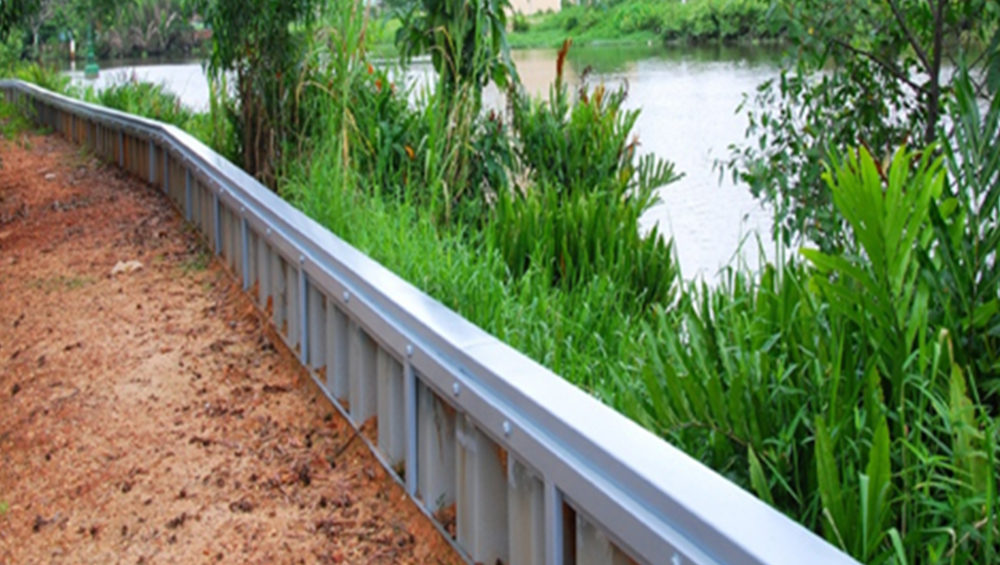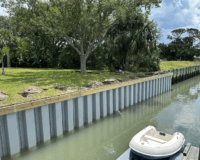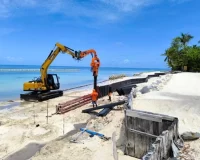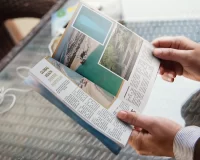Vinyl sheet pile is commonly called plastic or PVC sheet pile but also known to many as synthetic sheet pile, PVC seawall, plastic sheet piles wall, and more. For many years now it has become a popular seawall option worldwide.
Since the mid-80s when people started using the material in seawalls it has proved to be a good alternative to the likes of timber, concrete, and even steel. Vinyl sheet piling walls can suit most environments but most favorably in wet zones including saltwater. The walls can be designed with tie backs, walings and earth anchors in order to increase the strength of the wall for deeper water or higher retained heights.

One of the major benefits of using vinyl sheet piling is its resistance to corrosion, atmospheric, and biological factors which enables it to continue performing even beyond 50 years. Because of this, many manufacturers are always willing to give a full 50 years warranties to clients on purchases of vinyl sheet piles. This means that in case the wall does not serve its intended life span, the manufacturer is liable for replacing or repairing it.

Vinyl seawalls are easy to install with the right equipment. The products are lightweight, and this generally means low cost for installation. Also, since the components of vinyl are manufactured in the industry under maximum supervision and precise standards, there is an assurance of consistency regardless of the pieces you need. This makes the installation process of the wall easy since you need not adjust any sheet. Walls made of materials such as wood tend to fade over time and even rot on some occasions. Others like steel and even concrete seawalls if the steel or steel reinforcement is exposed to the water. A vinyl seawall can maintain its original appearance for a very long time.
Vinyl piling seawalls are also very sustainable. The material used to make them is obtained from recycled PVC. This helps in reducing the PVC waste in the environment. In case one requires to demolish the wall, the vinyl piling sheets can also be recycled, or potentially used to produce other new sheets. Vinyl seawalls are also resistant to marine boring critters, unlike the wooden walls. This is yet another feature that enables a vinyl seawall to stand still for ages.

Steel sheet piles were the most common type of seawall product before the introduction of vinyl sheet piles. Just like vinyl, steel sheet piles are also environmentally friendly, durable, and are not affected by marine borers. Their disadvantages include their heavyweight and being prone to corrosion (unless well coated and then also protected by cathodic protection) hence they require regular maintenance, and they are more expensive to purchase and construct. Concrete seawalls are durable (if there is no exposure of the reinforcing bar through cracks or alike) and aesthetically pleasing depending on how they are designed and require less maintenance but most likely will require temporary works to create a waterproof barrier to allow the pouring of the concrete. This means added time and money to construct.

Developments continue in these areas and companies like ESC and their partners at Pietrucha Group will make sure they are at the forefront of innovation.
Visit our website www.escvinylpile.com for more information and contact our team near you. You may also email us at info@escvinylpile.com.




